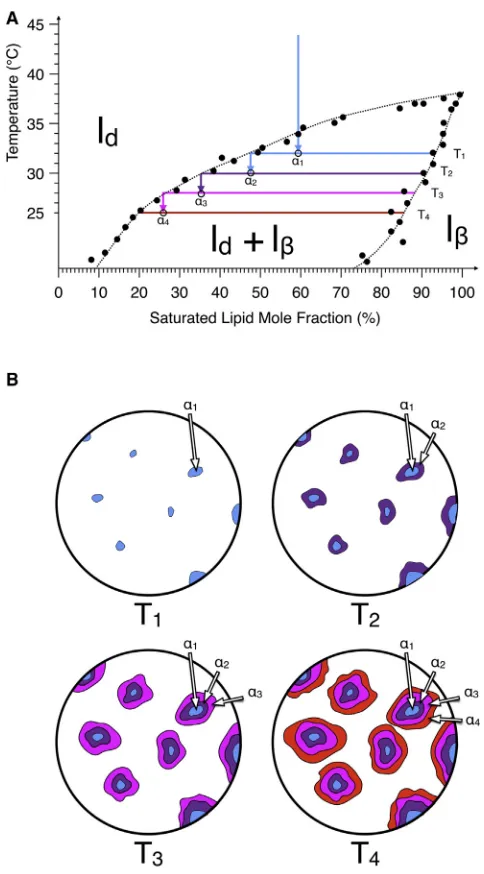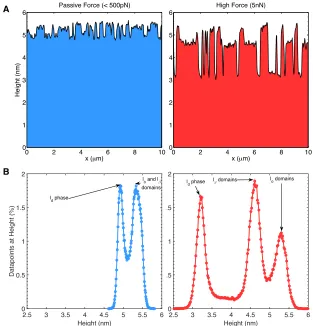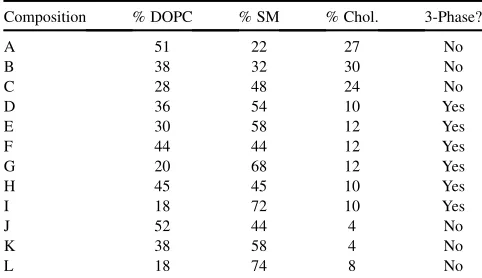Three Phase Coexistence in Lipid Membranes
Full text
Figure
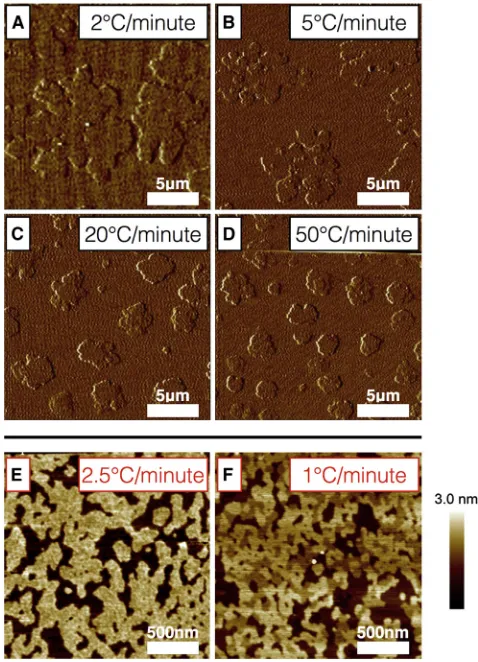
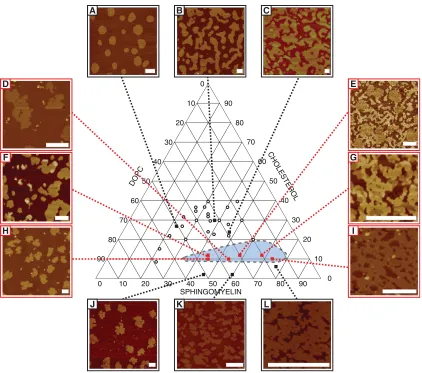
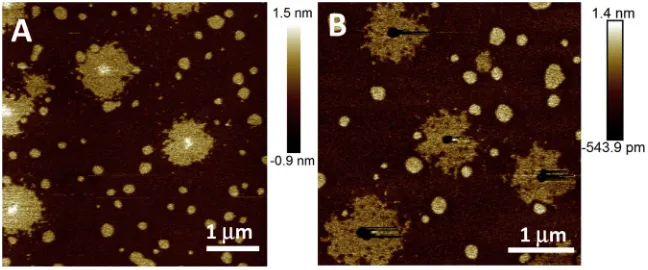
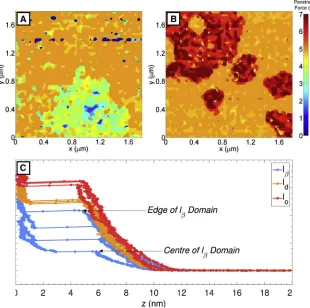
Related documents
Common objections to use of cell phones in education; changing viewpoints and other considerations; strategies for classroom use; practical suggestions; idea generation of use of
Compounds such as atranorin, zeorin, salazinic acid and norstictic acid are common in many species of Heterodermia.. The presence of these secondary metabolites might be
Results show that CLPL and BLRpositively predict the buying of NTPS, whileCLRplays astrong negative predictive role and BLPL is not significant.While the loyalty
Companies report different values (mass reduction, percent reduction), and since their operations might cover different segments of the value chain it is not easily possible
We found that the number of ciliated cells labeled with the immature neuronal cell markers, GFAP and Tuj1, increased in acute RST mice one day after stress, but that of
Brunner, “High-order methods for the numerical solution of Volterra integro-di ff erential equations,” Journal of Computational and Applied Mathematics , vol.. Brunner, “A survey
• If the sound is distorted, or you feel a lack of surround effects when using multi channel surround sound, select “SMALL” to activate the bass redirection circuitry and output
In this paper, we present a novel framework (see Fig. 1) which can serve DR and Demand Side Management (DSM) functions in smart grids from two aspects: i) providing a (near-)
